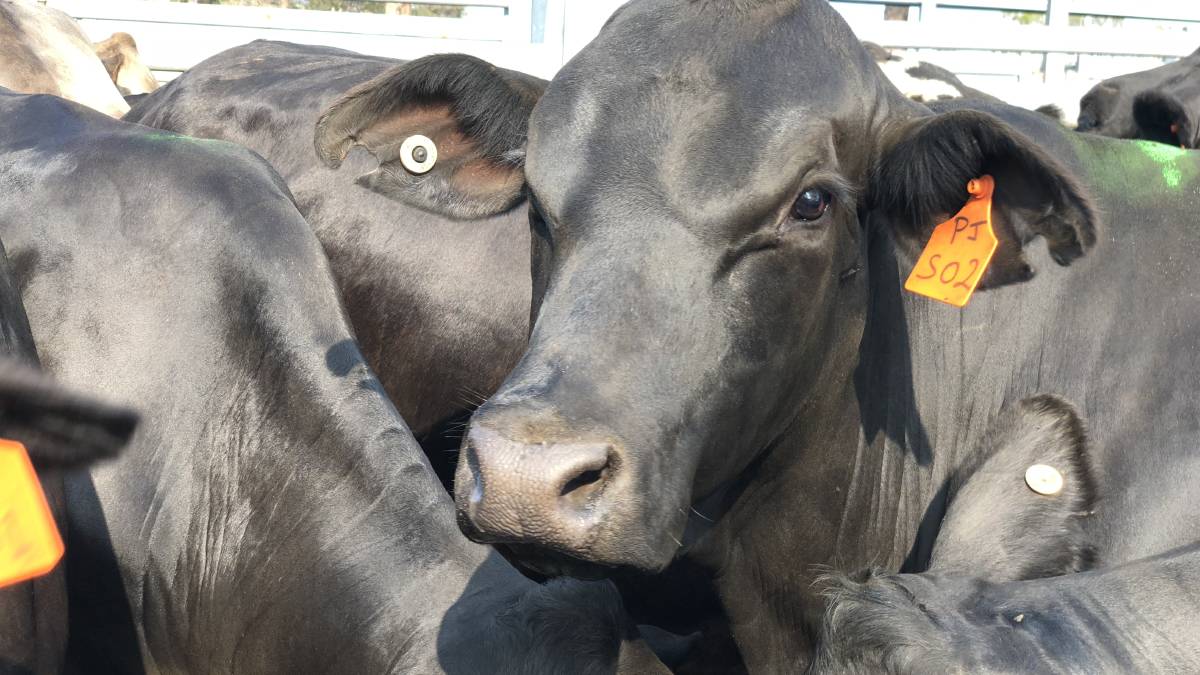
EYCI hangs in record territory
The typical dip in slaughter that comes with winter, combined with a low herd and very good seasonal conditions across much of the eastern states’ cattle country is creating a buffer from global beef market concerns for the cattle market.
Cattle prices across all specifications continue to climb, with the benchmark Eastern Young Cattle Indicator now sitting at 771 cents per kilogram carcase weight – up 4c on the record set in March and a whopping 280c above year-ago levels.
Meat & Livestock Australia analysts report the EYCI is more than 200c above the five-year average, a clear indication of the strength of the store market at the moment.
Most saleyards reported reduced yardings again and numbers on AuctionsPlus were down last week by more than 5000 head.
Holly Baker, from AuctionsPlus, reported continued restocking demand saw significant price increases for breeder categories.
Cows with calves at foot increased by $330, whilst pregnancy-tested-in-calf heifers and cows were up by $340 and $211 respectively. Heifers had strong price gains across all weight categories.
Southern Queensland was both the largest listing and purchasing region with 3,075 head from the region offered and 1,683 head purchased.
Meanwhile, processor competition at prime sales has been super hot, with one regional livestock exchange making the point that just one extra buyer pushed the price of export cattle 20 to 30 cents higher.
Zac Ede, Bailey Property & Livestock, said that competition had the greatest effect on the cow market last week at the Hunter Regional Livestock Exchange, with the top pen making 340c/kg liveweight and the average 274c/kg.
Even the fact numerous processors were operating reduced shifts has not dampened demand, Wangaratta livestock agent Peter Dargen, AWN, said.
“The export cattle job is very strong but so too the trade job and feedlotters are putting a floor in the market,” he said.
“It’s an exceptional situation.”
Producers were torn between carrying on with their cattle and thinking the market is too good to last so they ought to cash in now, Mr Dargen said.
“A lot are having a bet each way. The cost of replacing if you do sell is one factor, however, that is pushing some to hang on,” he said.
“It’s just really nice to be in times when people don’t have to sell.”
Beef analyst Olivia Agar told the latest Mecardo market recap podcast grass on the ground and a good seasonal forecast seems to be enough for the cattle market to ignore what is going on with global prices at the moment.
The EYCI was now at a premium to the 90CL (chemical lean) frozen cow indicator, the export price benchmark, she said.
The big disruptions in United States cattle processing due to virus outbreaks in April and May has created a big backlog in cattle to be slaughtered. The past three weeks has seen near-normal production again in the US, which had flowed through to export beef value declines, Ms Agar said.
More pain might yet be felt for Australian exports as the US ramps up grainfed exports to our key markets, she said.
MLA analysts said the fact producers were in a better position to feed for longer and finish to heavier weights was leading to a significant contraction in the supply of finished cattle.
On Monday, the heavy steer indicator averaged 385c/kg liveweight, up 85c or around 30 per cent on year-ago levels.